If you’re navigating the choices of knee ankle foot orthosis options, you’re in the right place. This article dives into the essential types of knee ankle foot orthosis, explaining their design and intended use for various mobility challenges, from joint instability to walking support.
Key Takeaways
- Knee Ankle Foot Orthosis (KAFO) devices offer critical support for individuals with muscle weakness or joint instability, aiding in improved walking ability, joint support, deformity correction, and pain management.
- Different types of KAFOs, such as prefabricated, custom-made, and stance control, cater to the varied mobility and stability needs of patients with conditions like muscular dystrophy, spinal cord injury, and cerebral palsy.
- Choosing the right KAFO involves multiple factors including the patient’s condition, weight, activity level, comfort, proper fit, alongside advancements in design, such as fluidic walking styles and automatic locking mechanisms, which can significantly enhance mobility.
Understanding Knee Ankle Foot Orthosis (KAFO)
A Knee Ankle Foot Orthosis (KAFO) is a customized brace designed to support muscles, stabilize joints, and assist in safe movement for individuals with muscle weakness or joint instability, including knee weakness. Spanning the length from above the knee to the ankle and foot, KAFOs provide a range of control functions for the knee and ankle joints, from free movement to locking and stance control. KAFOs are particularly beneficial in managing conditions such as knee and ankle instability, quadriceps weakness, hyperextension of the knee, and paralysis of one or both legs, among others.
KAFOs are vital for increasing stability while walking, especially when it comes to controlling knee hyperextension from the midstance to the terminal stance phase of the gait cycle.
The Role of KAFOs
The ability of KAFOs to improve functional mobility has a significant impact on enhancing patients’ quality of life. A properly fitted KAFO offers numerous benefits, including:
- Enhanced walking ability
- Joint support
- Anatomical deformity correction
- Pain management
Besides facilitating movement, KAFOs also play a pivotal role in standing activities by helping the legs bear weight. This not only provides stability but also contributes to the prevention of osteoporosis by directing weight through the long bones.
Hence, the role of KAFOs extends beyond movement assistance to health maintenance and enhancement.
Components of a KAFO
A KAFO is composed of several components, each contributing to its overall functionality. It consists of a shoe, foundation, ankle control, knee control, superstructure, and often includes foot control. The knee control features free motion, adjustable, and drop-lock knee joints, offering targeted range-of-motion control and support. This provides flexibility and stability for different needs. The most common knee control in KAFOs is the drop ring lock, which locks the uprights when the user stands with the knee fully extended. Ankle components may include single-axis or solid ankle shoe inserts with extended footplates to prevent foot drop.
The materials used in KAFOs include:
- Plastic
- Carbon fiber
- Metal
- Leather
These materials are chosen for both function and comfort. Proper positioning and harnessing of the braces are paramount to prevent skin problems and not worsen existing conditions.
Common Indications for KAFO Use
KAFOs are commonly used in a range of conditions that affect mobility and stability. These include:
- Muscular dystrophy
- Spinal cord injury
- Cerebral palsy
- Stroke
- Polio
For patients weighing over 125 kg, a locked knee ankle foot orthosis (L-KAFO) might be necessary for extra support and stability. Furthermore, KAFO therapy is particularly suitable for patients without severe sensory loss, who can achieve significant mobility improvements.
KAFO therapy is frequently employed by stroke patients to help regain walking abilities and functional mobility. KAFOs are recommended for patients with hypertonicity and spasticity to manage involuntary movements and stabilize weak limb segments. As you can see, there are numerous indications for KAFO use, making them a versatile tool in the management of various health conditions.
Types of Knee Ankle Foot Orthoses
There are various types of KAFOs available to cater to the diverse needs of patients. Modern KAFOs are made from lightweight materials such as thermoplastics or carbon fiber composites, which provide a snug fit and enhanced control and comfort to the user. They come with options for:
- Non-weight bearing
- Weight-bearing
- Rigid ankle
- Semi-flexible ankle
These options help address various instability issues.
KAFOs generally come in two types: Cosmetic and Conventional. Each type is designed to meet varying needs and preferences, offering solutions for different scenarios and conditions.
Prefabricated KAFOs
Prefabricated KAFOs are constructed using lightweight materials such as duralumin and, in some cases, steel to provide the required support with minimal weight. The modular design of prefabricated KAFOs allows for adaptability to changes in patient ambulatory status or comfort needs while at rest. Prefabricated KAFOs are less costly and offer versatility, which is particularly valuable during the early stages of neuro-rehabilitation patient management.
As such, they are ideal for patients requiring immediate availability upon establishing requirements.
Custom-made KAFOs
Custom-made KAFOs are designed to cater to the individual’s specific needs, particularly necessary for conditions like poliomyelitis that lead to permanent lower limb weaknesses and knee instability. They can be made from advanced materials such as carbon composite, offering stability during use and helping to lower the energy cost required for walking.
There are two main types of custom-made KAFOs: locked KAFOs, which keep the knee joint locked in all phases of gait, and stance-control KAFOs, which lock only in the stance phase and allow knee flexion during the swing phase. While the need for a custom-fabricated KAFO is evaluated by therapists, the actual creation of the custom KAFO, using clinically derived measurements and imaging, is the responsibility of orthotists.
Stance Control KAFOs
Stance control KAFOs are designed to provide knee support during the user’s stance phase by employing mechanisms that lock the knee during weight-bearing and allow unlocking during the swing phase. These orthoses are particularly suitable for individuals who can control their knee during the swing phase but necessitate additional support during the stance phase.
Patients experiencing genu recurvatum can find stance control KAFOs beneficial to prevent hyperextension of the knee. For patients who have sufficient hip extensor strength and passive ankle dorsiflexion, the use of an intelligent stabilization system like the UTX Swing Knee Ankle Foot Orthosis helps in managing knee stability and avoiding involuntary flexion.
Factors to Consider When Choosing a KAFO
Several factors come into play when choosing a KAFO. These include the patient’s specific lower extremity ailments such as:
- the presence of joint pain
- the need for improved joint alignment
- the prevention of excess joint movement
- the control of joint instability
The choice of a KAFO must consider factors such as the design of the knee joint, locking mechanism, and frontal plane control to address each patient’s unique biomechanical deficits.
Furthermore, the daily routine of the patient and the environments they navigate significantly dictate the required features of a KAFO, such as the need for enhanced stability, flexibility, or durability. The choice of materials for the KAFO, like thermoplastics or carbon fiber composites, directly influence the orthosis weight and fit, crucial considerations for patient’s comfort and limb control.
Patient’s Condition and Needs
Grasping the patient’s condition and specific needs is crucial in choosing the right type of KAFO. The orthosis should be tailored to the patient’s individual goals and desired outcomes, such as achieving independent ambulation or performing certain daily activities. When prescribing a KAFO, one must consider the patient’s specific type of deformity, weight, cognitive function, and any pre-existing conditions that could conflict with the use of certain KAFO systems.
KAFOs with locked ankle joints are important for patients requiring maximum stability, particularly those with specific spinal injuries, and are commonly prescribed when quadriceps strength is inadequate to support body weight during gait.
Weight and Activity Level
The patient’s weight and activity level are vital factors in the selection of a KAFO. These factors impact the orthosis’s durability and the support it can provide. For individuals weighing more than 125 kg, the selection of a KAFO must account for the additional support required by the orthosis to ensure both safety and functionality.
The structure of the KAFO, including whether the knee joint is immobilized, must be selected based on the patient’s weight-bearing ability and activity goals in rehabilitation. Consequently, the weight and activity level of the patient can affect the type of orthosis joint selected, as different joints offer varying degrees of support and mobility.
Comfort and Fit
When prescribing and fitting a KAFO, comfort and fit are key considerations. Custom orthoses in KAFOs are tailored to the individual’s anatomy to provide optimal support and comfort during therapy, which is essential for proper fit. The key considerations for comfort and fit in a KAFO are:
- Customization of the orthosis to the individual’s anatomy
- Proper support and comfort during therapy
- Stiffness of the structure, including uprights and shell size, customized based on the patient’s body weight
These considerations ensure that the KAFO provides both comfort and a proper fit for the patient.
A well-fitted KAFO enables patients to perform transfers and standing exercises with comfort, facilitating rehabilitation and the recovery of walking ability. Thus, achieving a balance between comfort and fit is paramount for the successful use of a KAFO.
Innovations in KAFO Design
Innovation is a constant in the world of KAFO design. With advancements in technology, KAFOs have evolved to offer smaller, lighter joint designs, automatic locking mechanisms, and enhanced joint designs. The C-Brace, for instance, offers a smaller, lighter joint design compared to traditional KAFOs, contributing to the advancement in orthosis technology.
Innovative KAFOs may include automatic locking mechanisms that enhance stability and user confidence during activities. Furthermore, advancements in KAFO joint design, like those seen in the C-Brace, allow for a more dynamic and responsive gait pattern, leading to a more fluid walking style for the user.
Fluidic Walking Styles
One of the remarkable advancements in KAFO design is the ability to facilitate more fluid and natural gait cycles. This is made possible by managing the locking and unlocking of the knee joint at appropriate times. The C-Brace, an innovative KAFO, incorporates microprocessor sensor technology to facilitate a dynamic and responsive walking experience. This technology allows the orthosis to adapt to various terrains like slopes and stairs.
A comfortable KAFO is crucial for achieving a more fluidic walking style that strengthens muscles and reduces both muscle atrophy and increased energy expenditure during movement.
Automatic Locking Mechanisms
In the functionality of contemporary KAFOs, automatic locking mechanisms have a significant role. These mechanisms enhance stability and user confidence during activities by automatically lock and unlocking the knee joint at appropriate times during the gait cycle. Stance Controlled KAFOs, for instance, come equipped with differing locking mechanisms, such as automatic, permanent locking, and unlocking settings.
Some use electronic sensors, and others use mechanical triggers based on the knee’s angle during the walking cycle. While these advanced stance control mechanisms entail higher costs, they offer user-adjustable settings through smartphone integration, exemplifying a balance between cost and personalized control.
Enhanced Joint Designs
Innovations in joint designs have significantly improved the functionality and comfort of KAFOs. KAFOs now feature a variety of knee joint mechanisms, from lockable joints set to lock, unlock, or free motion, to advanced designs like the locked knee joint. These designs enhance functional knee control and mobility while ensuring stability.
Devices like the C-Brace are pioneering dynamic responsiveness through microprocessor sensor technology, optimizing user gait for complex tasks such as ascending or descending stairs and walking on uneven terrain. Enhanced joint designs not only provide customizability and anatomically correct positioning but also reduce the energy demand and increase the range of activities.
Proper Use and Care of KAFOs
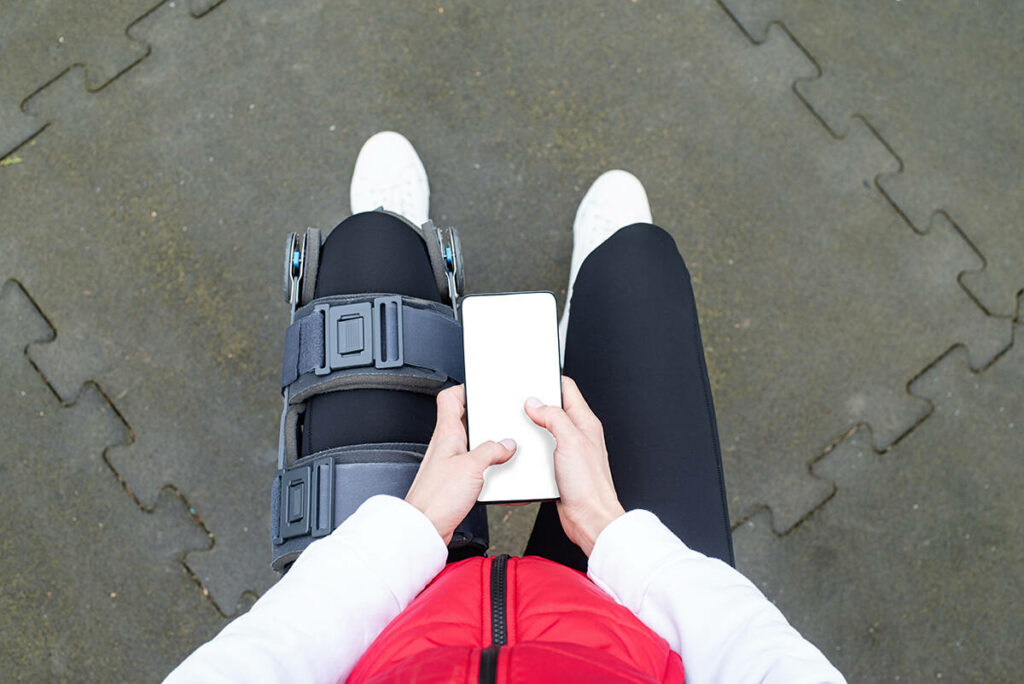
Similar to any other medical device, the effectiveness and longevity of KAFOs heavily depend on their proper use and care. This includes:
- Gradually increasing wear time to allow the skin to adjust to the supportive pressures
- Inspecting the skin for redness or marking each time the KAFO is removed
- Regularly cleaning and maintaining the orthosis
If red marks or skin issues are noticed, the use of the brace should be discontinued, and a doctor should be contacted.
In addition, KAFO users should regularly shift their weight when standing for prolonged periods to prevent pressure sores.
Gradual Wear Time
Upon initial prescription of a KAFO, it’s important to slowly extend the wear time to let the skin adapt to the brace’s supportive pressure. Initial discomfort is common, hence the recommendation to start with short, supervised wear periods, gradually extending the time as the skin adapts. New KAFO users should begin by wearing the orthosis for one hour, twice a day, and increase the duration by one hour per session as tolerated.
Regular adjustments to the KAFO are necessary to maintain comfort and effectiveness, especially as the user’s condition or body shape changes over time.
Skin Care and Inspection
To prevent pressure sores and other skin problems, regular skin inspection is essential. Skin should be checked for pressure redness after each wearing session of a KAFO. If skin redness does not fade within 15 minutes, or if skin breakdown occurs, such as sores and blisters, use of the KAFO should be stopped.
Patients are advised to contact the orthotic department if they notice:
- Persistent skin markings
- Sores
- Blisters
- Experience pain, irritation, or rubbing
It is recommended to use a mirror for thorough skin inspection in areas that are difficult to see, especially for patients with sensory deficits.
Cleaning and Maintenance
For optimal functionality and comfort, KAFOs require regular cleaning and maintenance. Here are some tips for cleaning and maintaining your KAFO:
- Clean the KAFO with warm soapy water regularly.
- Wash the KAFO liners with mild soap or laundry detergent and cold water, then air-dry or sun-dry them.
- To control odors, you can use a mixture of baking soda and a small amount of vinegar to clean the brace.
By following these cleaning and maintenance tips, you can ensure that your KAFO remains in good condition and is able to provide support when you need it.
Regular inspection of the brace is necessary to check for signs of wear, such as exposed metal or fabric changes that could potentially irritate the skin. Before putting on a KAFO, users should make sure the knee joints move freely and that all straps and buckles are in good condition.
Selecting Appropriate Footwear for KAFO Users
Choosing the right footwear is a fundamental part of successful KAFO use. Comfortable, supportive shoes are essential for users of Knee Ankle Foot Orthosis (KAFO) to ensure proper fit and support. Patients should look for shoes that offer a snug fit without being too tight, and provide enough support for the KAFO to function correctly.
Basic athletic shoes with laces or Velcro closures are recommended for KAFO users as they offer adjustability for the best fit and can accommodate the orthosis more easily.
Shoe Features to Look For
Certain features should be considered when choosing footwear for KAFO use. These include:
- Enclosed heel and toe
- Secure fastening
- Removable insole
- Orthotist-recommended heel height
For added support, shoes with lace-up style or athletic sneakers are ideal, and Velcro enclosures are recommended for their ease in putting on and taking off shoes.
It is advantageous for the shoes to have a larger width and a roomier toe box to comfortably accommodate the KAFO.
Sizing and Adjustments
Some considerations are necessary when sizing and adjusting shoes for KAFO use. When selecting shoes to wear with a KAFO, it might be necessary to shop for a size up to accommodate the orthotics. This ensures that the shoe provides enough room for the KAFO without compromising the fit and comfort of the shoe.
Specialty Footwear Options
Specialty footwear options can also be considered for KAFO use. Shoe modifications for KAFO users may include stiff (‘hard’) counters for extra durability and to prevent deformation under continuous pressure, ensuring long-term support. Incorporation of devices like rocker bars and long steel springs into the footwear assists with rollover and push-off, compensating for the limited ankle mobility of KAFO users.
For individuals with drop-foot deformity who find it difficult to tolerate the pressure from a calf cuff, high top shoes with reinforcing vertical metal struts and a foot plate provide a viable option.
The Role of Healthcare Professionals in KAFO Selection
Various healthcare professionals collaborate in the selection and fitting of KAFOs. Physicians are responsible for conducting a comprehensive assessment of the patient’s condition to determine the necessity and suitability of a KAFO.
Therapists work with patients to ensure proper fitting of the KAFO, which is essential for function and comfort. Orthotists, on the other hand, play a crucial role in fabricating custom KAFOs tailored to the unique anatomical and functional needs of the patient.
Physician’s Role
A physician plays a crucial role in the process of KAFO selection and use. Physicians are responsible for:
- Prescribing KAFO braces to support weak or deformed body members or to restrict or eliminate motion in a diseased or injured part of the body.
- Conducting a comprehensive assessment of the patient’s condition to determine the necessity and suitability of a KAFO.
- Considering underlying medical conditions, level of mobility, and patient goals in the decision-making process.
Therapist’s Role
Therapists play a key role in the selection, fitting, and use of KAFOs. They conduct comprehensive assessments to determine if a patient requires a KAFO, considering factors such as muscle strength and joint stability. After evaluating a patient’s needs, therapists prescribe the most appropriate type of KAFO to enhance mobility and support.
Therapists also collaborate with orthotists in the fitting process of KAFOs to ensure that they meet the specific needs of the patient. They are involved in the customization of KAFOs, tailoring them to a patient’s anatomical requirements for comfortable movement.
Orthotist’s Role
The success of KAFO use heavily relies on orthotists. A certified orthotist performs the initial fitting of a KAFO to ensure it meets the patient’s needs for functionality, comfort, and alignment. Custom-made KAFOs are provided to patients after a detailed assessment, including physical examination and gait analysis, and are fabricated to ensure proper fit and function.
Orthotists are involved in the detailed adjustment of KAFO components to ensure optimal alignment and comfort for the patient. Thus, an orthotist’s expertise ensures that a KAFO not only fits well but also aligns with the patient’s needs and goals.
Summary
To sum up, Knee Ankle Foot Orthosis (KAFO) plays a critical role in enhancing mobility and quality of life for individuals with lower limb weakness or instability. Whether prefabricated, custom-made, or stance control, KAFOs offer a variety of options to cater to the diverse needs of patients. With advancements in technology, KAFOs continue to evolve, offering smaller, lighter joint designs, automatic locking mechanisms, and enhanced joint designs. However, proper use and care, including gradual wear time, regular skin inspection, and consistent cleaning and maintenance, are crucial for their effectiveness and longevity. Healthcare professionals play a vital role in the selection, fitting, and use of KAFOs, ensuring they meet the patient’s needs for functionality, comfort, and alignment. Therefore, the journey towards enhanced mobility with KAFOs is a collaborative one, involving the patient, healthcare professionals, and the orthosis itself.
Frequently Asked Questions
What are the different types of hip knee ankle foot orthosis?
There are three types of hip joint braces: single-axis with lock, two-position lock, and double-axis hip joint. Each offers different functionality for supporting the hip, knee, ankle, and foot.
What is ankle foot orthosis for knee pain?
An ankle foot orthosis for knee pain is a customized entire leg brace that supports muscles, stabilizes joints, and assists with safe ambulation. It is prescribed to increase functional abilities and independence.
What is the difference between Hkafo and Kafo?
The main difference between HKAFO and KAFO is that an HKAFO includes a hip joint and pelvic band, allowing for greater control over hip movements. HKAFOs were commonly used for conditions like polio and spinal cord injury before the development of RGOs.
What is the name of the knee ankle foot orthosis?
The name of the knee-ankle-foot orthosis (KAFO) is a long-leg orthosis that spans the knee, ankle, and foot to stabilize the joints and assist leg muscles. It is commonly used to address muscle weakness and paralysis in the leg.
What are the different types of KAFOs?
KAFOs come in various types, including prefabricated, custom-made, and stance control orthoses, each tailored to meet varying patient needs.





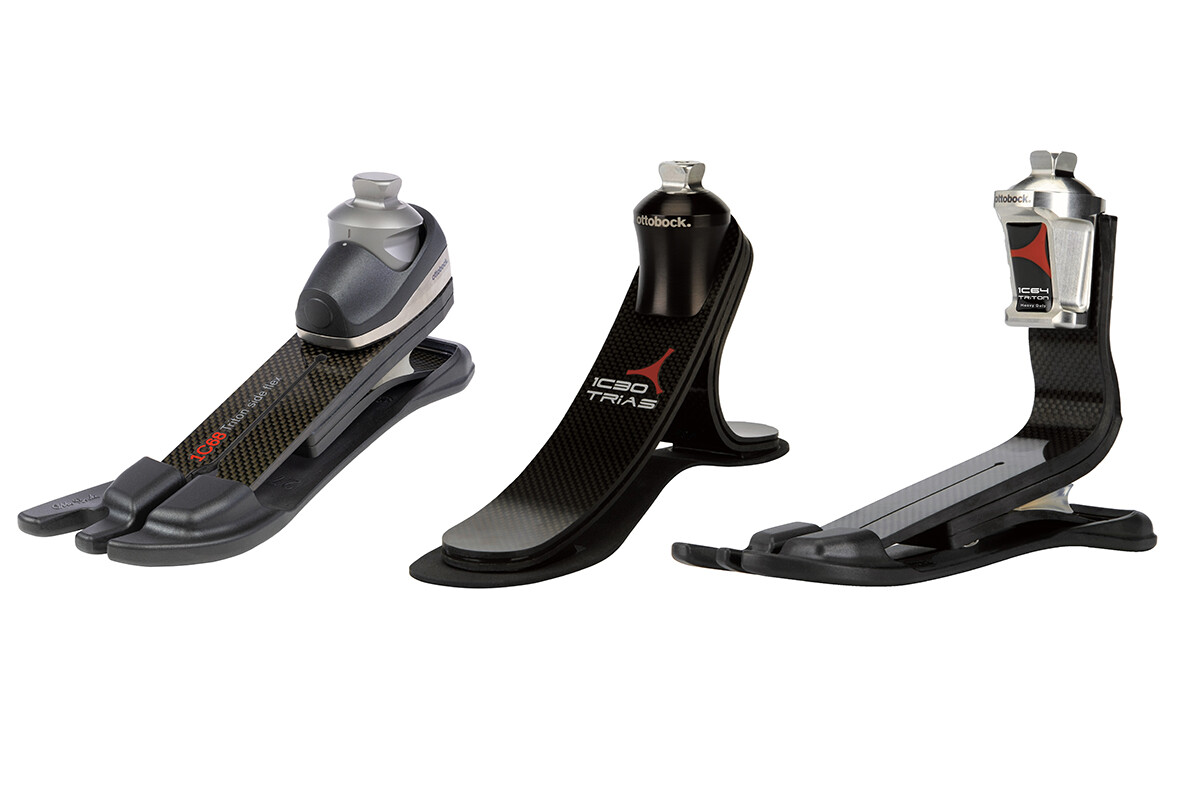
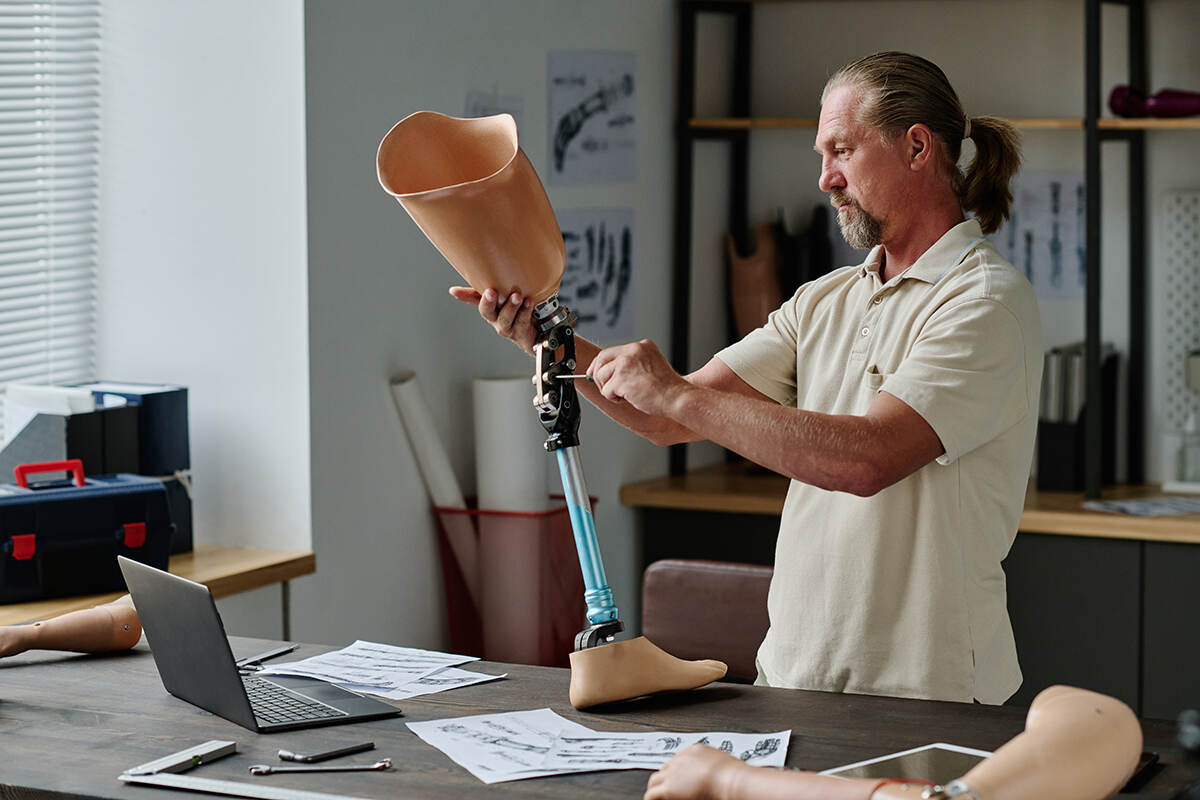
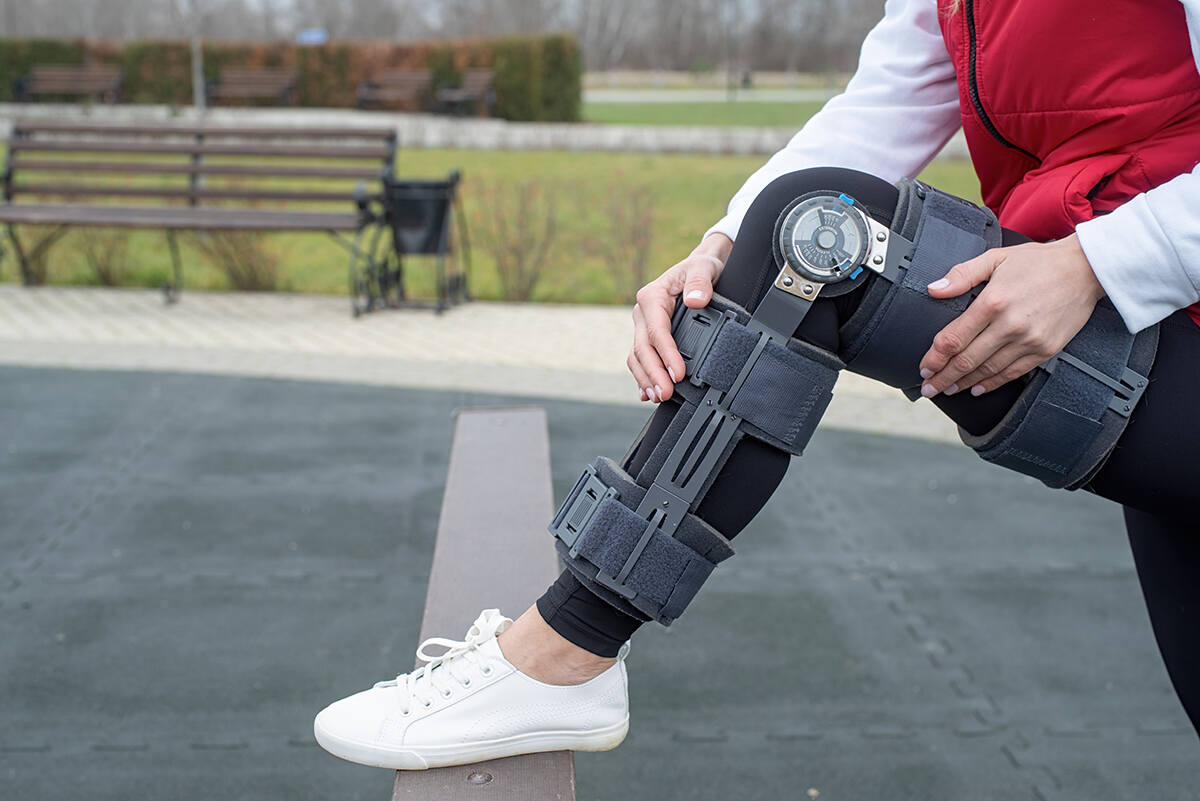
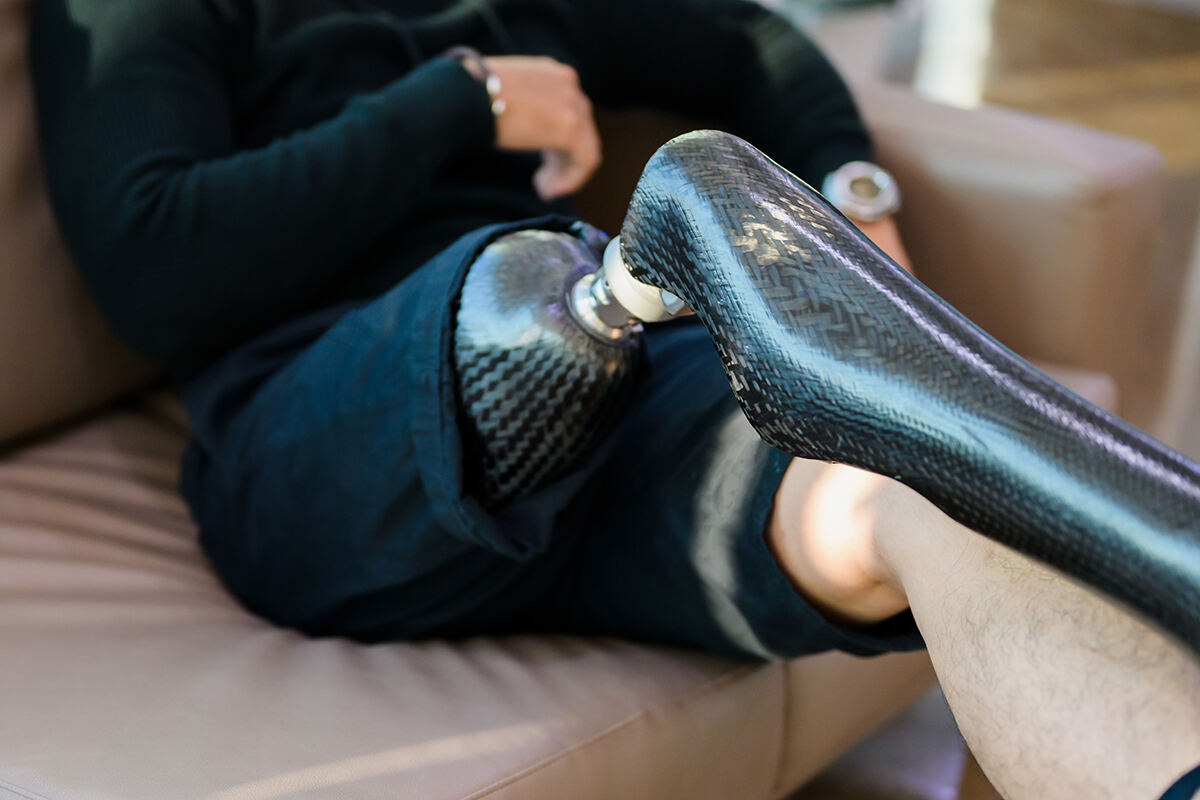
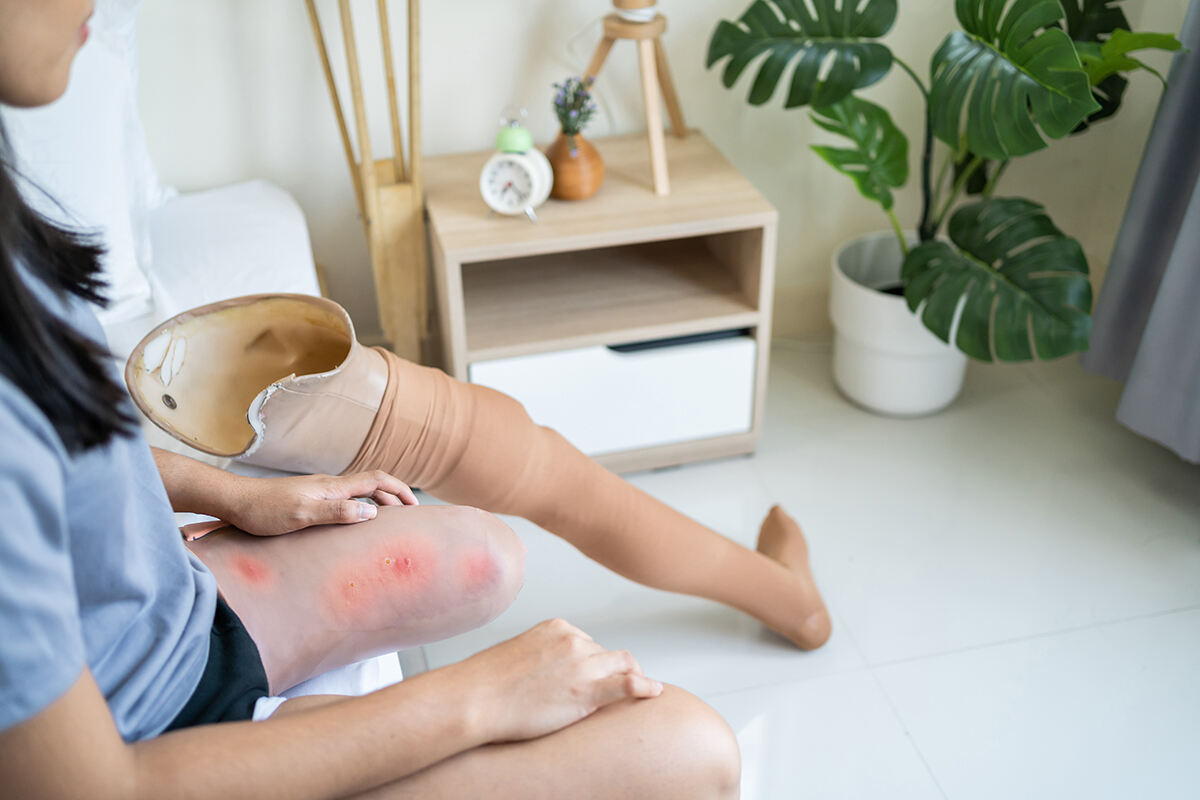
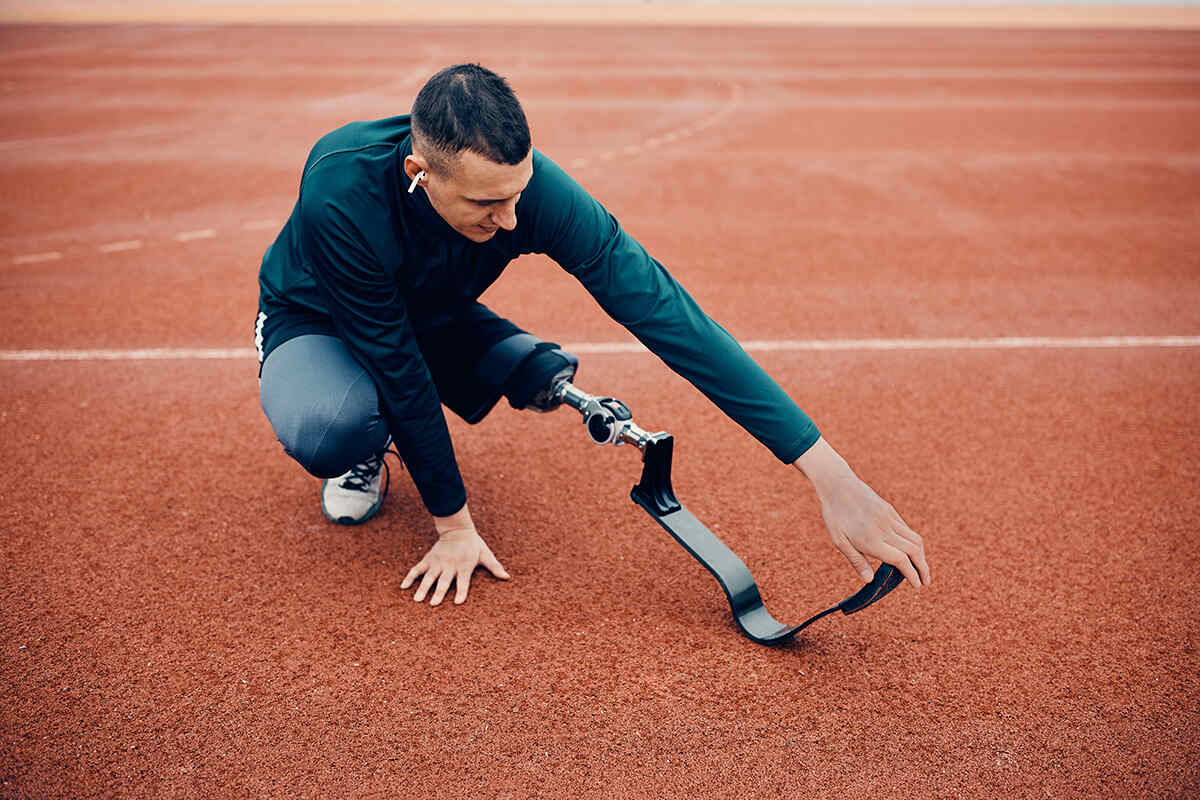
Leave a Reply
You must be logged in to post a comment.